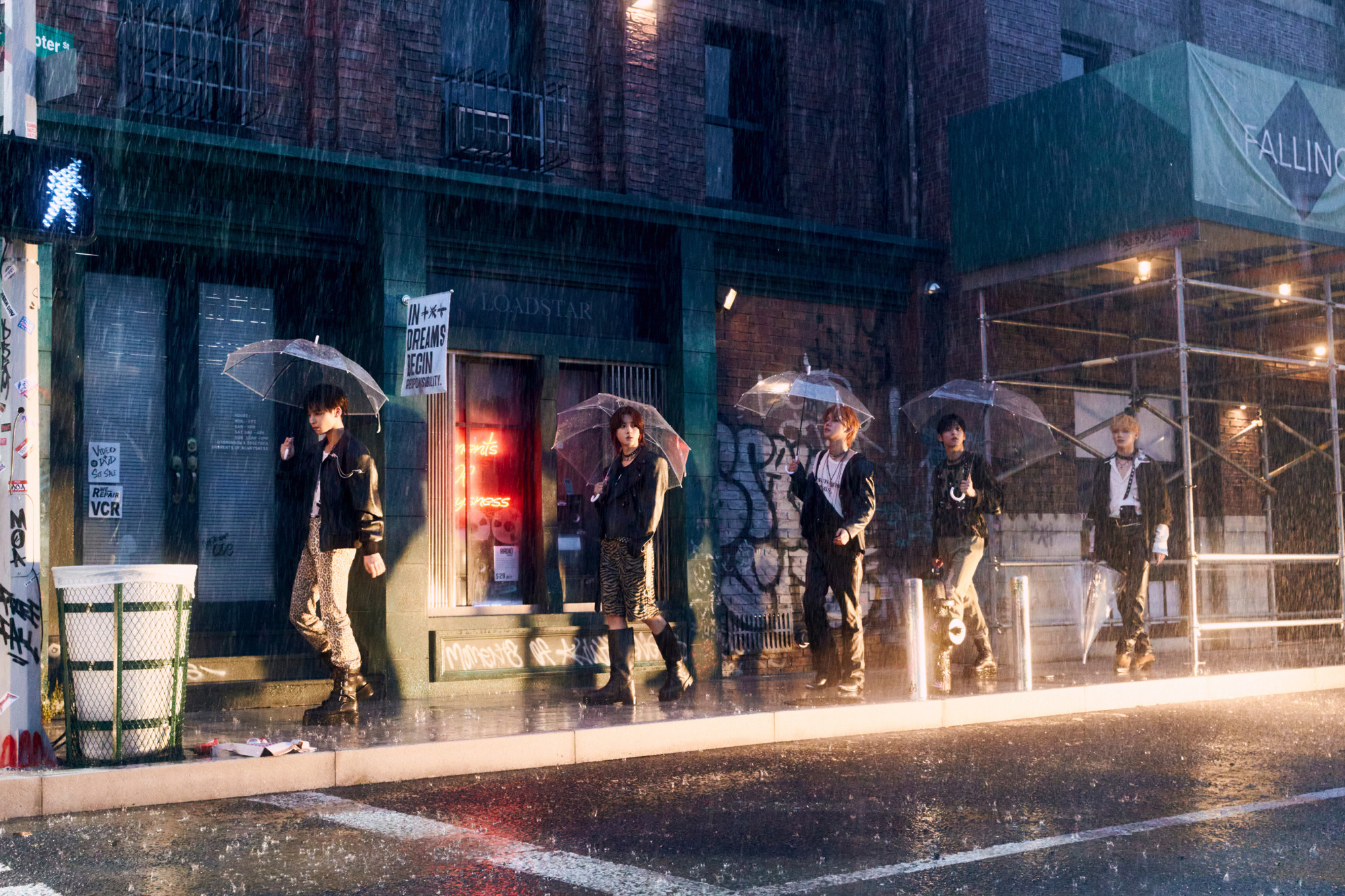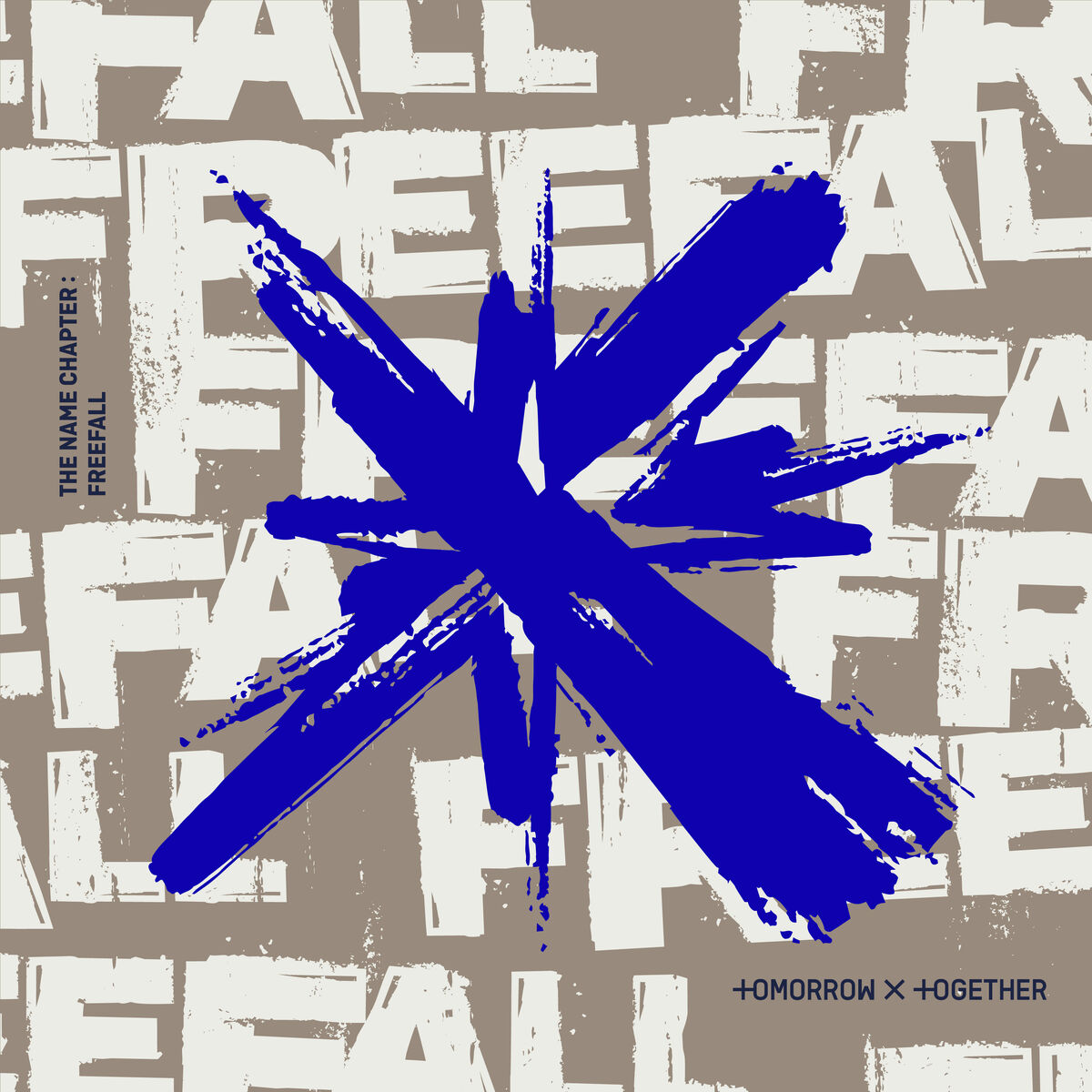The name chapter:freefall – The Name Chapter: Freefall embarks on a captivating journey, delving into the profound depths of a literary, scientific, psychological, and artistic descent. This multi-faceted exploration promises a thought-provoking and immersive experience, inviting readers to embrace the transformative power of freefall.
From the symbolic and metaphorical realms of literature to the practical applications of science and engineering, the concept of freefall permeates diverse disciplines, shaping our understanding of the world and our place within it.
Freefall in Literature: The Name Chapter:freefall

Freefall, a literary device often employed to depict a character’s emotional or psychological state, involves a sudden and uncontrollable descent into chaos or uncertainty.
The name chapter:freefall depicts a plummeting trajectory, an apt metaphor for the manga’s recent events. To catch up on the latest developments, check out the chapter 1087 spoilers one piece manga for an in-depth look at the freefall that’s taking place in the story.
These spoilers reveal crucial plot points and character arcs that will leave you on the edge of your seat. So, delve into the freefall and witness the manga’s exhilarating descent.
Examples of literary works that explore the theme of freefall include Sylvia Plath’s “Daddy” and J.D. Salinger’s “The Catcher in the Rye.”
If you’re into soul-searching adventures, the name chapter: freefall might ring a bell. But have you heard of leveling with the gods chapter 1 ? It’s like the next level up in the game of self-discovery. And guess what? It’s all about finding your purpose and living a life that’s truly yours.
Back to the name chapter: freefall, it’s like the prequel to this epic journey, where you take that leap of faith and embrace the unknown.
Symbolism and Metaphors
Freefall is often associated with feelings of vulnerability, loss of control, and a sense of impending doom. It can also symbolize a character’s journey of self-discovery or their struggle against societal norms.
The name chapter: freefall takes a dark and intense turn, leaving readers on the edge of their seats. If you’re looking for a thrilling and action-packed read, check out invincible to 100 hits chapter 11 . The stakes are high, and the outcome is uncertain.
Will the protagonist emerge victorious, or will they succumb to the darkness? Return to the name chapter: freefall to find out.
Freefall in Science and Engineering

Freefall, in the realm of science and engineering, encompasses the motion of an object under the sole influence of gravity, absent any other external forces like air resistance or propulsion. It serves as a fundamental concept in various disciplines, providing insights into the behavior of objects in motion.
Principles of Freefall
The principles of freefall stem from Newton’s laws of motion. When an object is in freefall, its acceleration due to gravity is constant and independent of its mass, as described by the equation:
a = g = 9.8 m/s² (on Earth)
where ‘a’ represents the acceleration due to gravity and ‘g’ is the gravitational constant.
This constant acceleration implies that the object’s velocity increases linearly with time, and its displacement follows a quadratic relationship with time. These relationships form the basis for understanding and predicting the motion of objects in freefall.
Applications of Freefall, The name chapter:freefall
Freefall finds applications in diverse fields, including:
- Physics: Freefall experiments have been instrumental in establishing fundamental laws of motion and gravitation.
- Aerospace: Understanding freefall is crucial for designing aircraft, rockets, and spacecraft, enabling controlled descent and landing.
- Robotics: Freefall principles guide the development of robots capable of controlled falls and landings, enhancing their mobility and adaptability.
Challenges and Limitations
While freefall offers valuable insights, it also presents challenges:
- Air Resistance: In practical applications, air resistance can significantly impact the motion of objects in freefall, altering their acceleration and trajectory.
- Control and Stability: Controlling the descent and ensuring stability during freefall can be challenging, especially for complex objects like aircraft or spacecraft.
- Safety and Risk: Freefall activities, such as skydiving or base jumping, involve inherent risks and require specialized training and equipment to mitigate potential hazards.
Freefall in Psychology and Human Experience

Freefall is a powerful experience that can have a profound impact on our psychology and human experience. It can trigger a range of emotions, from exhilaration to fear, and can even lead to lasting psychological changes.
One of the most common psychological effects of freefall is a sense of euphoria. This is often due to the release of endorphins, which have mood-boosting effects. However, freefall can also cause anxiety, panic, and even disorientation. These negative effects are more likely to occur in people who are afraid of heights or who have a history of anxiety disorders.
In therapeutic settings, freefall is sometimes used as a form of exposure therapy. This type of therapy involves gradually exposing people to their fears in a safe and controlled environment. The goal is to help people overcome their fears and develop coping mechanisms.
Freefall can also play a role in shaping our perception and understanding of the world. When we experience freefall, we are forced to confront our own mortality and the limits of our physical abilities. This can lead to a greater appreciation for life and a deeper understanding of our place in the universe.
The Psychological Effects of Freefall
The psychological effects of freefall can vary depending on the individual. Some people may experience a sense of exhilaration and excitement, while others may feel anxious or even terrified. These effects can be influenced by a number of factors, including:
– Personality: People who are more adventurous and open to new experiences are more likely to enjoy freefall.
– Past experiences: People who have had negative experiences with heights or falling may be more likely to experience anxiety or fear during freefall.
– Current emotional state: People who are feeling stressed or anxious are more likely to experience negative effects from freefall.
Freefall in Therapeutic Settings
Freefall is sometimes used in therapeutic settings to help people overcome their fears. This type of therapy is known as exposure therapy. Exposure therapy involves gradually exposing people to their fears in a safe and controlled environment. The goal is to help people learn that their fears are not as powerful as they seem and to develop coping mechanisms for dealing with them.
Freefall can be an effective treatment for people who are afraid of heights. In one study, people who underwent exposure therapy that included freefall were significantly less afraid of heights than those who did not undergo exposure therapy.
The Role of Freefall in Shaping Human Perception and Understanding of the World
Freefall can play a role in shaping our perception and understanding of the world. When we experience freefall, we are forced to confront our own mortality and the limits of our physical abilities. This can lead to a greater appreciation for life and a deeper understanding of our place in the universe.
Freefall can also help us to develop a sense of resilience and self-reliance. When we face our fears and overcome them, we learn that we are stronger than we think. This can give us the confidence to face other challenges in our lives.
Freefall in Art and Culture

Freefall, a state of unconstrained descent, has captivated artists and cultural observers throughout history. Its depiction in various art forms reflects the multifaceted nature of human experience, from exhilaration to vulnerability.
In painting, freefall has been used to evoke a sense of wonder and awe. The Italian Renaissance artist Sandro Botticelli’s “The Birth of Venus” (c. 1485) depicts the goddess Venus emerging from a giant scallop shell, her body suspended in mid-air. The painting’s graceful lines and ethereal atmosphere convey the beauty and fragility of the moment.
Sculpture
In sculpture, freefall has been explored as a metaphor for both physical and emotional states. The Greek sculptor Lysippos’ “Apoxyomenos” (c. 330 BC) depicts an athlete scraping sweat from his body after a competition. The statue’s dynamic pose, with one leg extended behind him and his arms raised above his head, suggests a sense of triumph and release.
Film
In film, freefall has been used to create scenes of intense suspense and excitement. The opening sequence of Alfred Hitchcock’s “North by Northwest” (1959) features a thrilling chase scene in which Cary Grant’s character is pursued by a crop-dusting plane. The camera follows Grant as he runs and jumps, capturing the exhilaration and danger of the moment.
Freefall has also been used as a metaphor for psychological and emotional experiences. In the novel “Invisible Man” (1952) by Ralph Ellison, the protagonist’s descent into invisibility represents his alienation and loss of identity.
Last Point

The Name Chapter: Freefall concludes its exploration with a resounding echo of the transformative nature of descent. Whether it be in the realm of literature, science, psychology, or art, freefall serves as a catalyst for growth, introspection, and a profound appreciation for the intricate tapestry of life.


